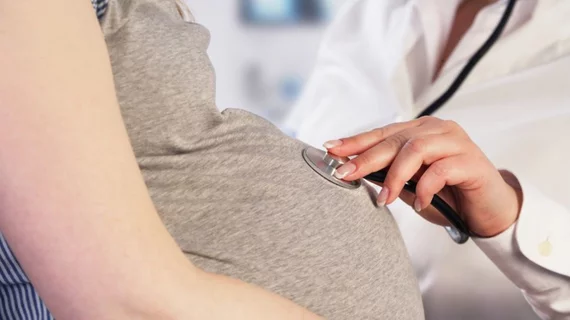Even low levels of prenatal alcohol exposure affect brain development, MRI scans show
Even small amounts of prenatal alcohol exposure can cause structural brain alterations in children, a new study published in JAMA Network Open shows.
Compared to a control group, the MRI brain scans of 135 children subjected to prenatal alcohol exposure (PAE) showed signs of lower fractional anisotropy in several white matter areas. According to the research, these findings were associated with worse externalizing behavior scores and are a cause of concern for pediatric brain development.
“Nearly 10% of pregnant individuals report consuming alcohol, which can adversely affect fetal development and lead to a variety of physical, behavioral, and neurological deficits,” explained co-authors Xiangyu Long, PhD, and Catherine Lebel, PhD, both from the Department of Radiology at the University of Calgary and the Alberta Children’s Hospital Research Institute in Alberta, Canada. “Prenatal alcohol exposure is also associated with an increased risk of mental health problems; more than 90% of individuals with fetal alcohol spectrum disorder have a co-occurring mental illness.”
It has been long known that heavy prenatal alcohol exposure is associated with a myriad of neurological conditions, but less is known about the correlation between exposure to lesser amounts of alcohol and how it might adversely affect brain development. To better understand this, researchers used diffusion tensor imaging and functional MRI scans to examine the function and connectivity of the brains of those with PAE. Additionally, they assessed how any resulting structural alterations correlated with adverse behaviors. They compared the imaging and behavioral scores for a group of 135 children with PAE to a control group of 135 unexposed individuals. The average exposure was set to one drink per week after pregnancy discovery.
Several alterations in the brains of children with PAE were observed. These children displayed lower fractional anisotropy in white matter areas of the left postcentral, left inferior parietal, left planum temporale, left inferior occipital and the right middle occipital. Additionally, higher fractional anisotropy was observed in gray matter of the putamen in that same group.
Based on the behavioral scores of both groups, higher fractional anisotropy was associated with less problematic behavior. The PAE group showed worse behavior scores, especially in externalizing behaviors—aggression, hyperactivity, etc. The researchers noted that higher scores for the PAE group are an indication that these children are more susceptible to mental illnesses in the future, despite being subjected to what would be considered a low level of alcohol exposure.
“This is the first convincing evidence that lower levels of PAE are associated with changes in white matter and a potentially long-lasting impact on child behavior,” the authors wrote. “These results suggest that brain alterations induced by PAE disrupt the typical brain-behavior associations and ultimately may contribute to the behavioral difficulties widely observed in individuals with PAE.”
Experts involved in the study suggested that their findings should be considered when providers make evidence-based recommendations to their patients in the future.
More on prenatal imaging:
Signs of autism can be spotted on routine prenatal ultrasound, research shows
Ultrasound images reveal how smoking before conceiving impacts embryonic development
Prenatal MRI reveals ‘major’ brain differences among unborn babies exposed to alcohol
Ultrasound is crucial to prenatal care, yet new evidence reveals ‘substantial’ disparities

